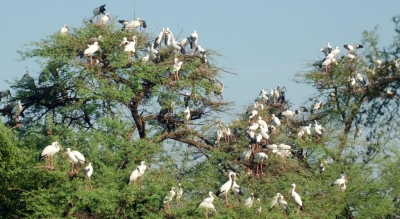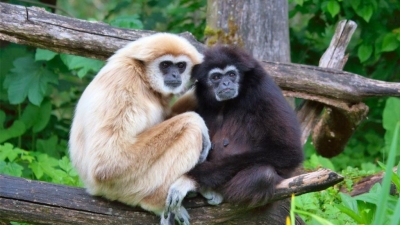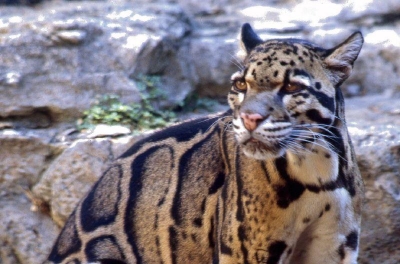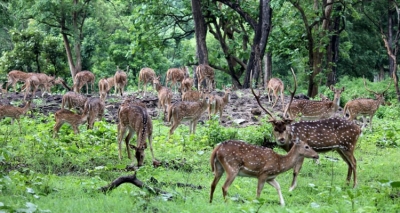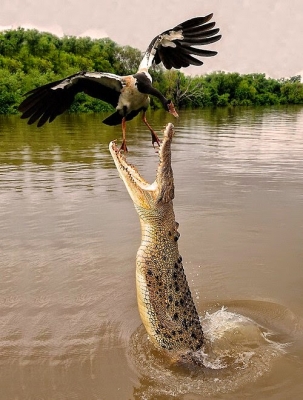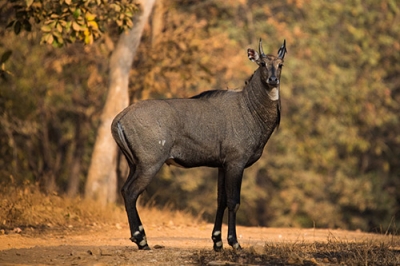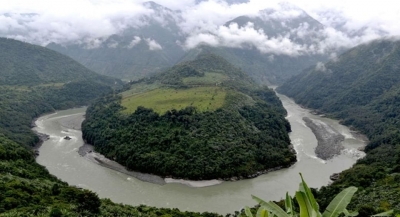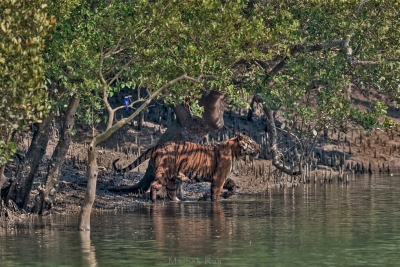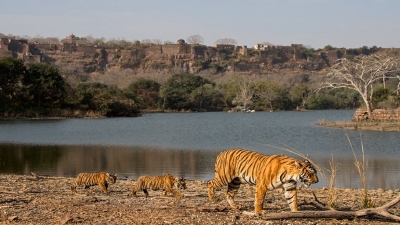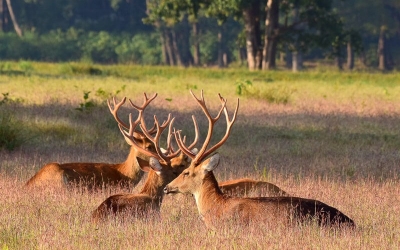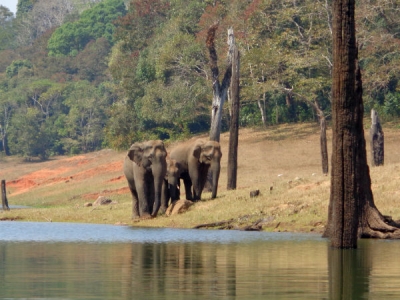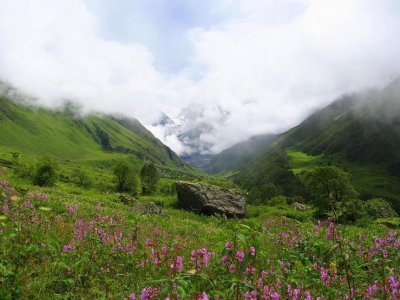What do we know about Blackbuck National Park?
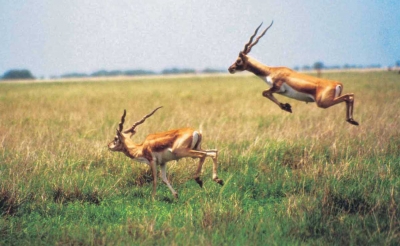
The region which is now Blackbuck National Park once belonged to the Maharaja of Bhavnagar; it was his hunting ground where he hunted down blackbucks with his famous hunting cheetahs. The place had a grassland ecosystem that supported herds of blackbucks and antelopes. This region was later made a national park.
Blackbuck National Park is famous for its success stories of conservation of the blackbuck, wolf and lesser florican. The lesser florican is an endangered species endemic to India. Today, the largest population of lesser floricans resides in this Park. The population of wolf and triped hyena is also increasing.
Among birds, sandgrouse and larks are seen in fair numbers. The harrier roast found at the park is one of the largest in the world.
Picture Credit : Google
